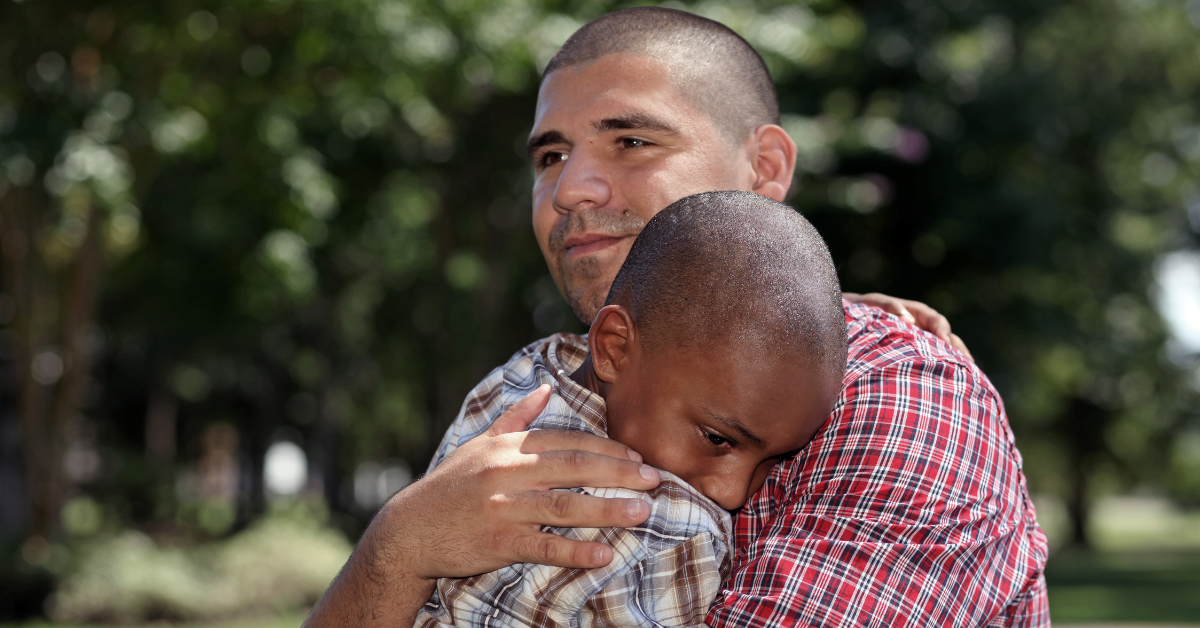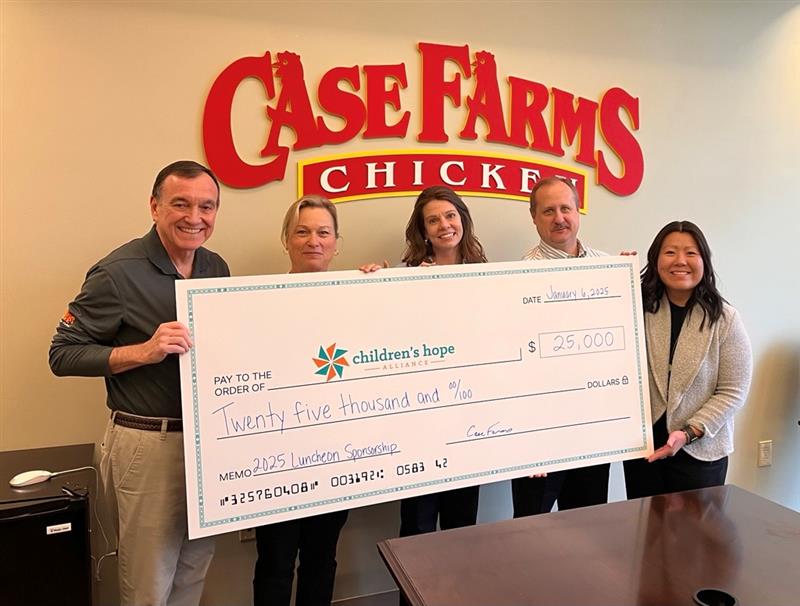Reunification is a challenging topic for many foster parents. Your goal is to provide love and support to your foster child when placed in your home. However, you must understand that the most likely outcome of most foster situations is reunification with their birth family.
What is Reunification?
This is what occurs when the foster child returns home to live with the family that they were removed from.
Many people commonly believe that all birth parents who have had their children removed from them are bad or don’t care about their kids. The opposite is true. Birth parents who have their children removed by child protective services usually care deeply about their children. However, they may be struggling with mental health problems or addiction and have lost control over their lives. With help, they can often provide a loving home for their children.
In addition, most of the time, children do want to return home. The reunification of families helps support the bond between a child and their parent(s), as well as the connection between foster children and other family members.
Preparing a Foster Child for Reunification: How Can Foster Parents Help?
Foster parents can play a vital role in helping their foster child transition during the reunification process. Here are some helpful tips and insights to help you support reunification as a foster parent.
1. Empathize With the Birth Family
Understand that most birth families do not intentionally harm or neglect their children. These parents have often been part of the foster system as well and were never shown how to parent in a positive manner. It is difficult to empathize with a birth family that has physically or mentally harmed a child placed in your care, but try to remain supportive of the process. Your foster child likely feels conflicted about whether they want to go home or stay with you. Let them know there is no right or wrong way to feel and that their feelings are valid.
2. Keep the Lines of Communication Open
If you are able to connect with your foster child’s birth family, try to do so. For most children who are placed in foster homes, reunification is the end goal. You want to reach out to their birth family in order to establish a relationship and build trust. Send pictures of their child when possible, and consider a weekly phone call to connect the birth family with the child. If possible, try to involve them in routine communication and ask about their child’s likes, dislikes, and routines. Many birth families may not have this information, but they will appreciate the effort and become more inclined to maintain a relationship with you after reunification.
3. Speak Positively About Reunification
Speak with your foster child on their level and let them know as the reunification date approaches. Understand that things can change and be transparent about that fact. There are many factors that can influence the reunification date, like paperwork, court delays, and other factors that are out of your hands. Make sure your foster child understands this as well. Stay in contact with your foster child’s case team and understand that the process can take longer than expected.
4. Communicate With Case Workers and Find Support for Your Family
As you move closer to the reunification date, you will likely receive regular contact from others on the case team. These “check-in” calls are conducted in order to ensure the process flows smoothly and that there aren’t any red flags or concerns you have with reunification. It’s also important to talk to your foster child throughout the process and make sure there aren’t any issues that need to be addressed. If you or your foster child do have concerns, you need to bring them up with the case workers. They can assess whether action needs to be taken.
5. Help Make The Transition Smooth
As the day for reunification nears, it’s important to take steps to make the transition a smooth one. Here are some things to take care of.
Cell Phones
It’s common for many foster children to have cell phones that are on their foster family’s plan. When reunification approaches, contact your provider and start the process of transitioning your foster child’s cell phone to their birth parent’s plan. Teenagers feel isolated and disconnected without technology, and they need to maintain their social connection with their peers, especially during major life events. It’s important to make sure there aren’t any breaks in service during the transition period.
School Transfers
Another consideration is school transfers. If your foster child is transitioning schools during the reunification process, reach out to the birth family and offer your support in the process. School transfers can become complicated if you’re working with a birth family that is reunifying with multiple kids from multiple districts so keep this in mind as the reunification date draws near.
Personal Items
Depending on how long your foster child has been in your care, they have likely accumulated many personal items. Determine whether your foster child is slowly moving back into their birth family’s home over time with weekend visits or if they are moving all of their belongings at once. Contact their social worker and birth family and find out about the case plan. Moving back slowly over time can be helpful during the transition since it’s not as overwhelming or chaotic as moving everything back at once.
Things to Remember
While reunification is often the best outcome for any foster placement, it can still take an emotional toll on everyone involved. You may have cared for that child for a few weeks or much longer and have likely built a bond with them and find it extremely difficult to say goodbye. As challenging as the reunification process is, you should try to build a bond with their birth family. When you form a relationship with a child’s biological family, you increase the likelihood of maintaining these connections.
By keeping your door open and putting forth the effort to communicate, you are able to provide your foster child with the support they need as they rediscover their place in their birth family’s home.






